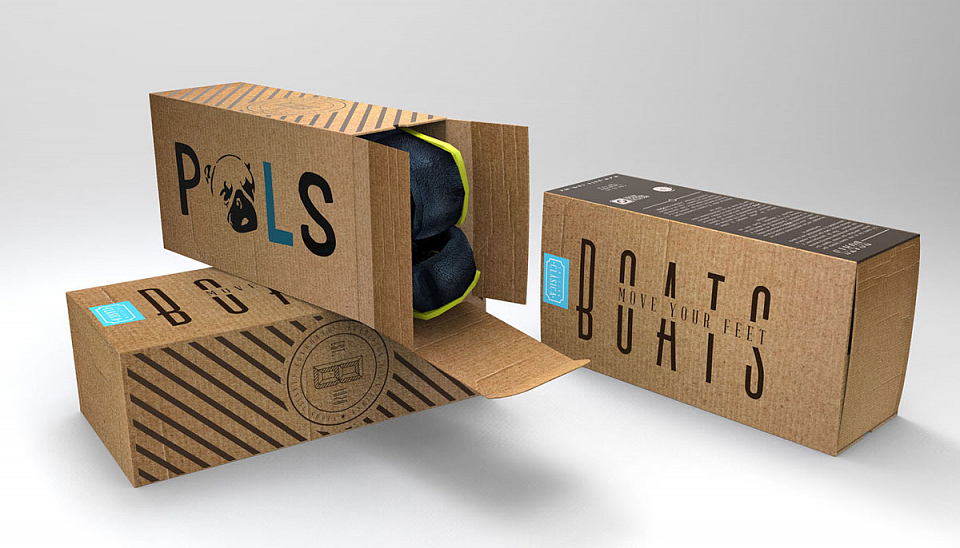In the ever-evolving and competitive landscape of retail and fashion, the significance of custom shoe boxes transcends their basic function as packaging. These boxes are not mere containers; they are pivotal elements in the tapestry of branding, a key instrument in marketing, and a crucial factor in elevating and enriching the customer experience. They are a brand’s first physical touchpoint with the customer, an initial handshake that sets the tone for the relationship that follows.
This comprehensive guide delves deeply into the multifarious aspects of custom shoe boxes, shedding light on how they are ingeniously crafted to do much more than just hold a product. These boxes are strategically designed to capture the essence of the brand, making a lasting impression on consumers. They serve as a silent ambassador for the brand, speaking volumes through their design, texture, and overall aesthetic. From the choice of materials and the intricacy of design to the functionality and sustainability, every element is meticulously considered to ensure alignment with the brand’s identity and values.
Maximizing Impact: The Art of Delivering ROI-Driven SEO Services”
Discover how to deliver SEO services that not only enhance rankings but also generate a significant return on investment. This article highlights strategies to measure and optimize the impact of SEO efforts on business outcomes.For More Information Visit This Website betsonlink
The Role of Custom Shoe Boxes in Modern Retail
1. Material Choices: Quality, Sustainability, and Impact
a. Exploring Different Materials
Custom shoe boxes are crafted from a variety of materials, each with its unique properties. Cardboard is common for its versatility and cost-effectiveness, while corrugated fiberboard offers enhanced durability. Recent trends show a shift towards sustainable materials like recycled paper, biodegradable substances, or even bamboo, catering to the eco-conscious consumer.
b. The Sustainability Equation
The move towards eco-friendly materials in shoe box manufacturing addresses environmental concerns. This shift not only reduces the ecological footprint but also aligns with the values of consumers who prioritize sustainability, enhancing brand image.
2. Design and Customization: Crafting a Brand’s Visual Identity
a. Brand Representation through Design
The design of a shoe box is a canvas for brand storytelling. Every color, texture, and graphic element is chosen to resonate with the brand’s identity. This customization can range from minimalist designs to elaborate illustrations, reflecting the brand’s ethos and market positioning.
b. Innovation in Shapes and Sizes
Custom shoe boxes are no longer restricted to traditional rectangular shapes. Designers are experimenting with innovative forms, from sleek, slim boxes for sandals to robust, spacious ones for boots. These designs not only cater to specific footwear types but also enhance the unboxing experience.
3. Functionality and Protection: More Than Just a Box
a. Ensuring Durability
The primary function of a shoe box by custom shoe box is to protect its contents. This requires a balance between material strength and weight, ensuring that the box can withstand transportation stresses without being cumbersome.
b. User-Centric Features
Modern shoe boxes often feature elements like magnetic closures, built-in compartments, and special protective layers. These not only safeguard the shoes but also add a touch of luxury and convenience for the user.
4. Marketing Through Packaging: A Silent Salesman
a. The Power of Visual Appeal
A well-designed shoe box acts as a silent salesman, conveying the brand’s message through its aesthetic appeal. This visual impact can influence buying decisions and reinforce brand loyalty.
b. Enhancing the Unboxing Experience
The unboxing experience is a crucial touchpoint in customer interaction. A memorable unboxing experience, facilitated by unique packaging, can lead to positive word-of-mouth and social media sharing, extending the brand’s reach.
5. Cost-Effectiveness and Economic Considerations
a. Quality vs. Cost Dynamics
Investing in high-quality, custom shoe boxes can be costlier than standard packaging. However, the value added in terms of branding and customer experience often outweighs the expense.
b. Scaling Economically
For businesses, ordering in bulk can significantly reduce the cost per unit. This economy of scale makes custom shoe boxes an accessible option for both small businesses and large corporations.
Read More: Custom Shoe Boxes: More Than Just Packaging
6. User Convenience and Accessibility: A Focus on Inclusivity
a. Design for Ease of Use
Ease of opening, sturdy yet lightweight construction, and reusability are key factors that enhance user convenience. These aspects make the packaging user-friendly, fostering a positive brand image.
b. Inclusive Design Features
Inclusive designs, such as adding Braille for the visually impaired or easy-grip shapes for those with motor difficulties, can broaden a brand’s appeal and demonstrate a commitment to accessibility.
Conclusion: The Multifaceted Influence of Custom Shoe Boxes
Custom shoe boxes have evolved to become a pivotal element in the fashion and retail sectors. Their ability to serve as a brand ambassador, protect and present the product, and enhance customer engagement makes them indispensable in the modern market. Through thoughtful design, sustainable practices, and innovative features, these boxes not only house footwear but also carry the essence of the brand, leaving a lasting impression on consumers.

